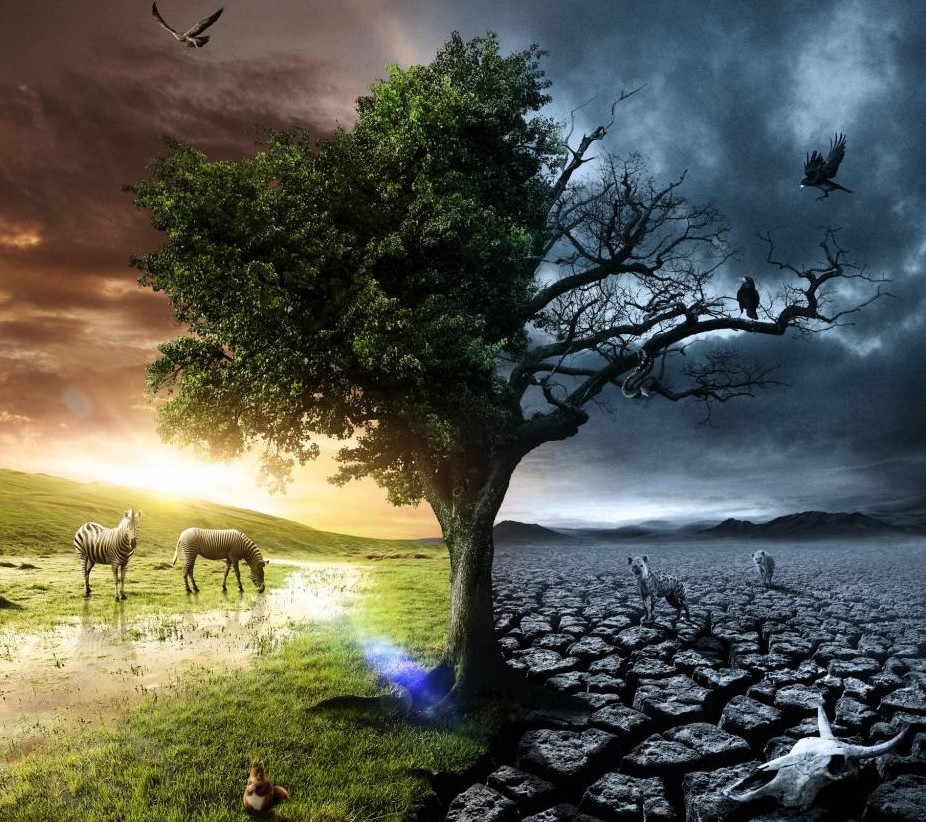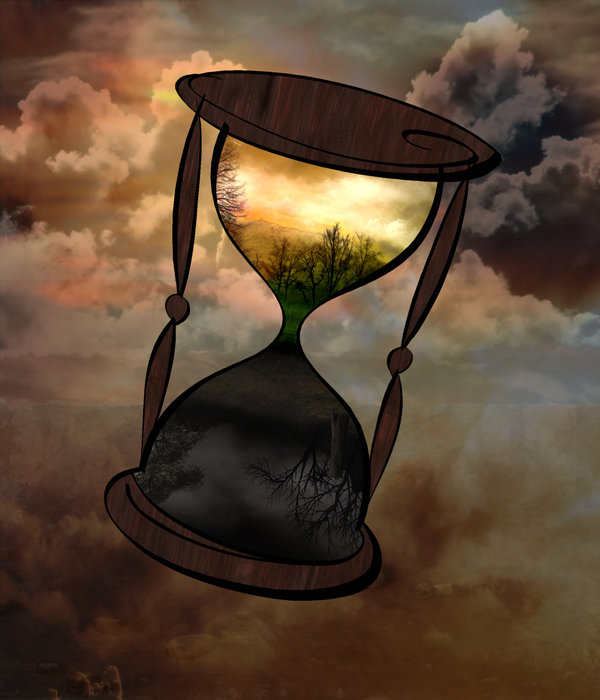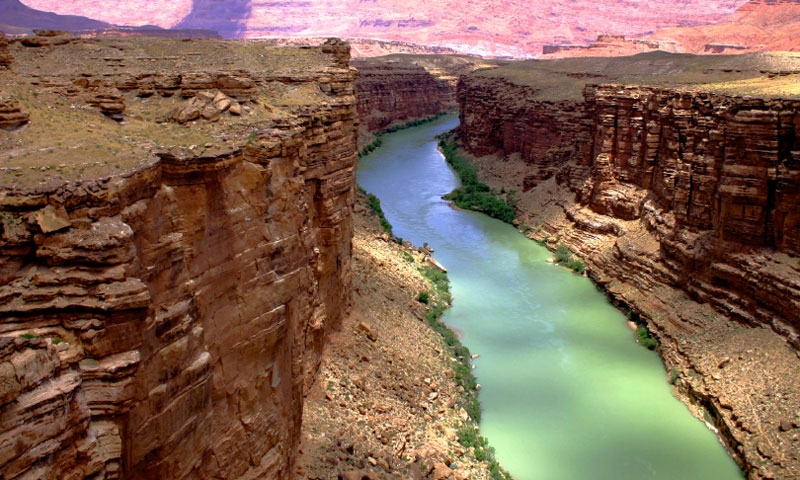Looking up-canyon on the lip of the gorge, a sharp shadowline creeps up the volcanic slabs on the other side. The light suddenly suffuses everything, and becomes ethereal, like nothing one has ever seen. It bathes the cliffs and fills the land, and time stands still.
Physically, there is unfolding but not time. Time is a psychological construct, a product of the continuity of thought. With the spontaneous ending of thought in inclusive, effortless attention, time ends.
And when thought-time ends, the division between life and death also ends. Then there is experiencing of the inseparable actuality of death, without fear or morbidity.
Why did the knowledge of death produce fear rather than the awareness that death cannot be separated from life? Is the fear of death inherent in the evolution of symbolic thought?
 For perhaps hundreds of thousands of years, we humans have feared death. The first psychological division man made is undoubtedly between life and death. The knowledge of death brought the dichotomy between life and death, and the fear of death was inevitable.
For perhaps hundreds of thousands of years, we humans have feared death. The first psychological division man made is undoubtedly between life and death. The knowledge of death brought the dichotomy between life and death, and the fear of death was inevitable.
That seems reasonably clear and obvious. Why then, after all the centuries of so-called civilization, do we cling to our idea of life and put the actuality of death off until the end? Why do we listen to the fantasies of technologists talking about “downloading” our individual consciousnesses onto computers and thereby achieving a perverse, hellish kind of immortality? Why don’t we realize, and teach our children, that life is inextricable from death?
These questions pertain to the mystery of man’s incorrigibility. But that too has its limits, since the growing momentum of man-made darkness has become synonymous with consciousness as we know it.
With respect to the individual, the ending of thought/time in complete attention to its movement dissolves the division between life and death, and with it the fear of death. Therefore the human being has the capacity to transcend death.
In deeper meditative states, one feels a non-morbid communion with death as the ground of life, as the ground and endlessly replicating creative source of the universe.
Meditation is therefore both the ending of thought-time, and the journey that begins with the ending of thought-time. Experiencing dying while fully alive, one is perennially beginning. This is what keeps the mind, heart and brain young.
It’s strange how psychological ending, death and love go together. Most people only know psychological continuity.  Obviously death is the ending of continuity, whether any kind of essence is recycled in collective consciousness (aka reincarnation) after we kick off.
Obviously death is the ending of continuity, whether any kind of essence is recycled in collective consciousness (aka reincarnation) after we kick off.
When I was young man, I understood meditation as the ending of the observer. As I’ve grown older, I’ve come to realize that the ending of the observer (the judging, choosing program we call the self) is just the beginning of meditation.
Meditation as I understand it now does not truly begin until there is communion with death, which simply means that all division melts away, and the actuality of death seems as close as one’s exhalation.
So why does the brain revert to thought-time after experiencing the timeless actuality of life and death? Is the brain so attached to thought and its objects in one form or another that even when the psychological content and structure ‘temporarily’ ends, the brain automatically returns to memory and self?
The only thing I’m sure is true is the movement of negation in meditation. Which means passive observation effortlessly growing into undirected attention. That actionless action quiets and empties the mind-as-thought.
Does death precede and infuse the ever-expanding cup of the universe, endlessly recapitulating creation?
Death is both the cup and the emptiness in the cup. Life flows from emptiness and fills the cup, and then is emptied and begins again, endlessly.
Martin LeFevre

